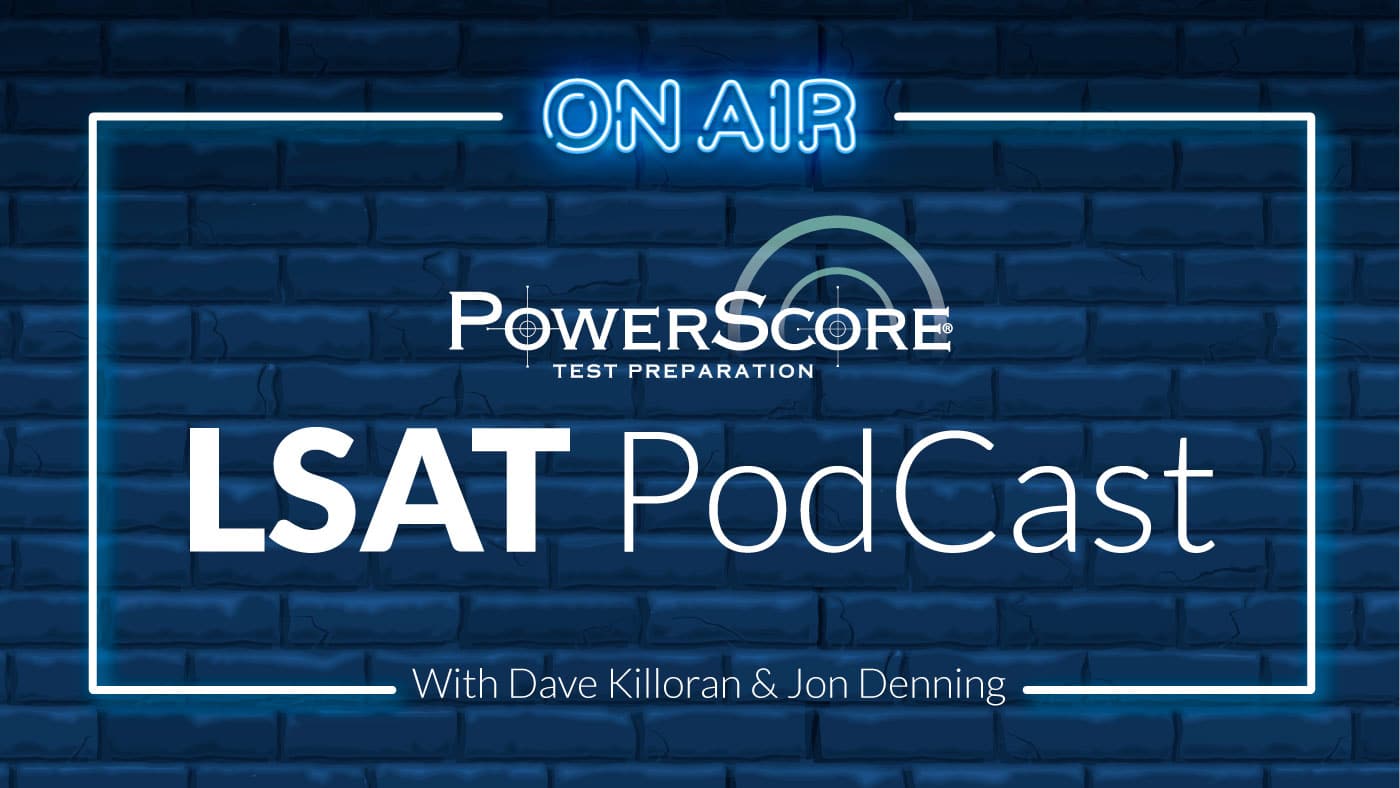In Episode 26, Jon and Dave continue their exploration of common flaws, focusing on Straw Man attacks, Appeal Fallacies, and the ever-present Survey Errors that so often beguile test takers.
0:00 – Intro. Jon and Dave pour their drinks of the week and take a cue from “Sabotage” by Beastie Boys for this week’s theme.
4:02 – This week in the LSAT world. A quick rundown of fall LSAT registration timelines and test center capacity information.
Logical Reasoning Flaws
6:48 – A quick note about Part I (episode available here)
8:18 – Straw Man. A discussion of a commonly seen flaw in real life and on the test when an opponent refashions the original argument to make it weaker.
23:21 – Appeal Fallacies. Jon and Dave talk about the three most commonly applied appeal fallacies on the LSAT: Appeal to Authority, Appeal to Popular Opinion/Numbers, and Appeal to Emotion.
49:00 – Survey Errors. How to react to three different types of Survey Errors found on the LSAT: the survey uses a biased sample, the survey questions are improperly constructed, and respondents to the survey give inaccurate responses.
1:16:29 – Outro. Email any feedback or requests for future topics to lsatpodcast@powerscore.com


Shirin says
Hi, all of the examples of straw man discussed in this episode involved two-speaker stimuli. Is this always the case?
Dave Killoran says
Hi Shirin,
thanks for the question! Often yes, because it’s so easy to set it up that way. However, there’s no requirement for them to do it that way, and it’s easy to construct a stimulus that references two views without setting it up as two separate speaks.
Thanks!